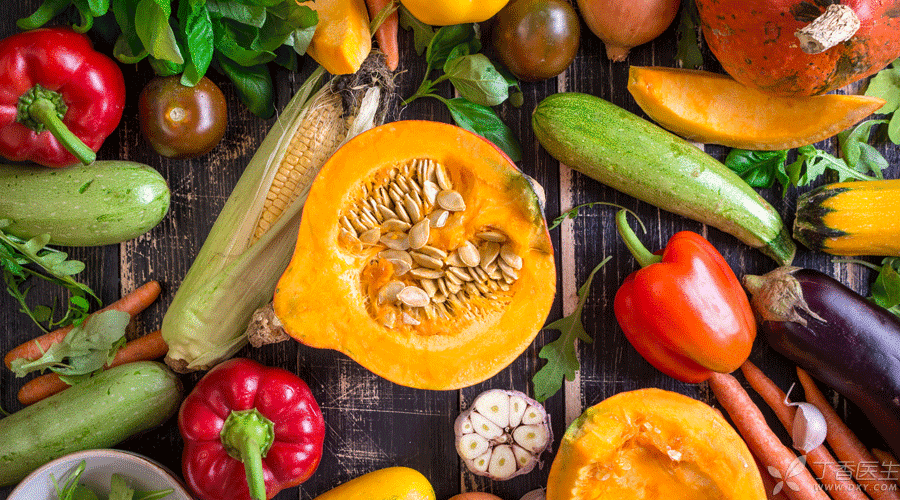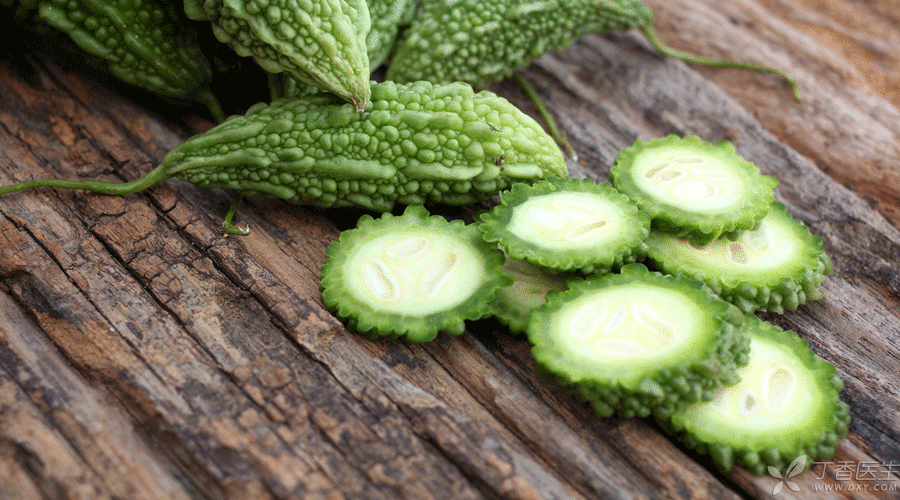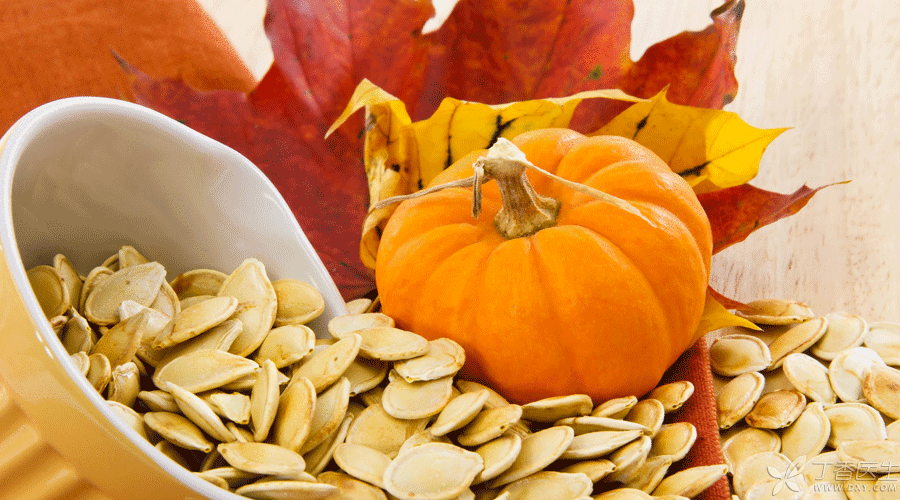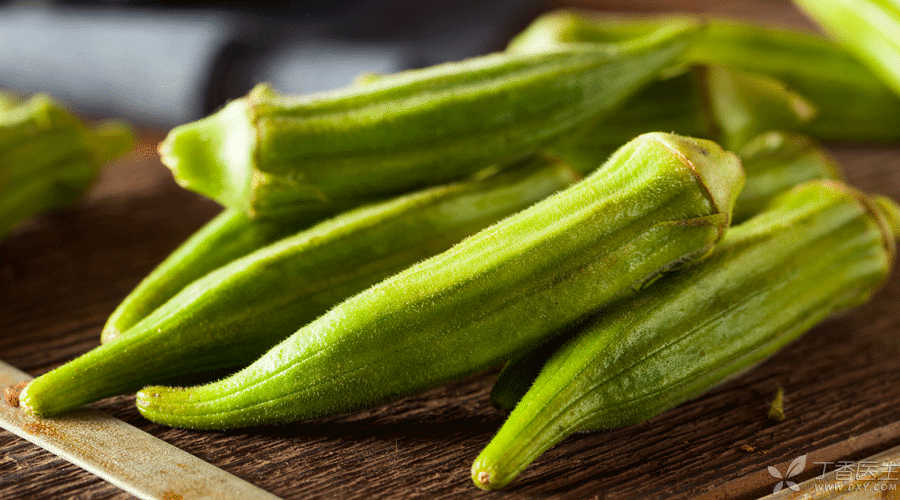
If we say taking off and lowering blood sugar, perhaps many people’s first reaction will be:
Can I eat some what to reduce the blood sugar?
Information about [XX food can reduce blood sugar] is flying everywhere on the Internet, which seems to be beginning to convince more and more people that certain foods alone can really reduce blood sugar.
Sometimes, rumors are so attractive.
Dr. Clove picked out three kinds of [hypoglycemic foods] with high exposure rate today and talked with everyone about their relationship with hypoglycemia.
Momordica charantia: Don’t drive ducks to the shelves

Truth: Eating balsam pear directly does not have the effect of lowering blood sugar.
Some animal studies have found that some extract from balsam pear can reduce blood sugar.
For this statement, Dr. Clove thinks so…
First of all, this ingredient needs to be extracted through complicated processes, which cannot be extracted by cooking methods at ordinary times.
Secondly, even if we can eat these hypoglycemic ingredients, they will be digested by the intestines and stomach. It has no chance to play the role of hypoglycemic.
Finally, and most importantly, the object of this study is only animals. Whether the conclusion of balsam pear hypoglycemia can be applied to humans is still a mystery.
In fact, balsam pear is indeed an ideal food for diabetics. It has low sugar content, little effect on blood sugar, and is rich in dietary fiber, vitamins and trace elements. However, it is exaggerated to say that balsam pear can reduce blood sugar.
Don’t label balsam pear any more. It just wants to be an ideal food for diabetics quietly.
Pumpkin: Be careful to backfire

Truth: There is no hypoglycemic effect, but it is possible to raise sugar.
Pumpkin contains dietary fiber and [pumpkin polysaccharide], which can help control the rate of blood sugar rise after meals and increase satiety.
But …
Perhaps you forget that pumpkins themselves contain sugar, and many varieties of pumpkins have relatively high glycemic index, so if we eat pumpkins, blood sugar will definitely rise rather than fall.
In particular, the sweet and flour-based old pumpkin contains more sugar and should reduce staple food at the same time. For example, if you eat a 200 g old pumpkin, you should eat less than half a bowl of rice (about 50 ~ 80 g); However, tender pumpkins with weak taste and crisp taste can be eaten as vegetables.
For diabetics, if you want to eat pumpkins, it is recommended to choose tender pumpkins with low sugar content as much as possible. Moreover, it is recommended to steam pumpkins and do not choose the way of oil frying, stewing or frying, otherwise too much oil will be ingested, which is not conducive to blood sugar control.
Okra: Vegetables are a good vegetable, but they really don’t reduce blood sugar.

Truth: Okra is only one of many vegetables, and it is impossible to reduce blood sugar.
Okra slices at night and soaks in water to drink in the morning, which has magical hypoglycemia.
Okra is indeed of high nutritional value, rich in potassium, calcium, vitamin C, vitamin B1, dietary fiber, etc., but in the end, okra is only one of many vegetables and has no magical hypoglycemic effect.
Although some studies have shown that the extract [okra] from okra has certain effects on the treatment of diabetes and diabetic nephropathy in experimental animals, it is the extracted and concentrated dose and is used on experimental animals, which is different from eating a few okra or soaking okra in water to drink.
To be honest, diabetic patients eat more different kinds of green vegetables including okra and balsam pear, which is helpful to control blood sugar. However, don’t delay regular treatment because of superstition [xx food hypoglycemia]. Diet for diabetic patients still needs to balance nutrition on the basis of controlling total energy.
